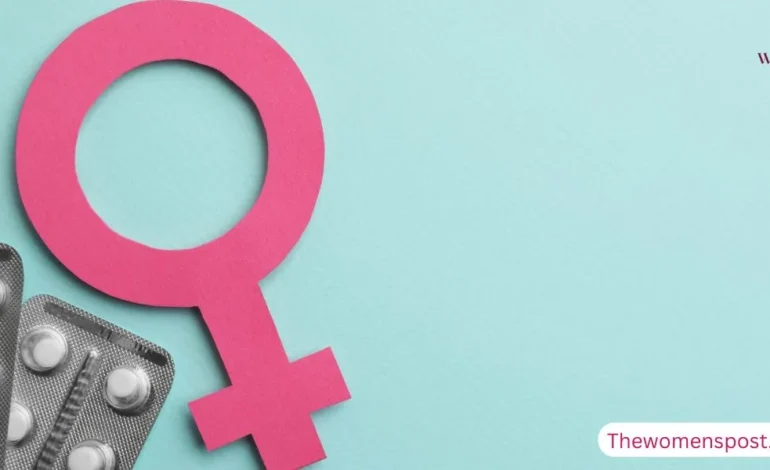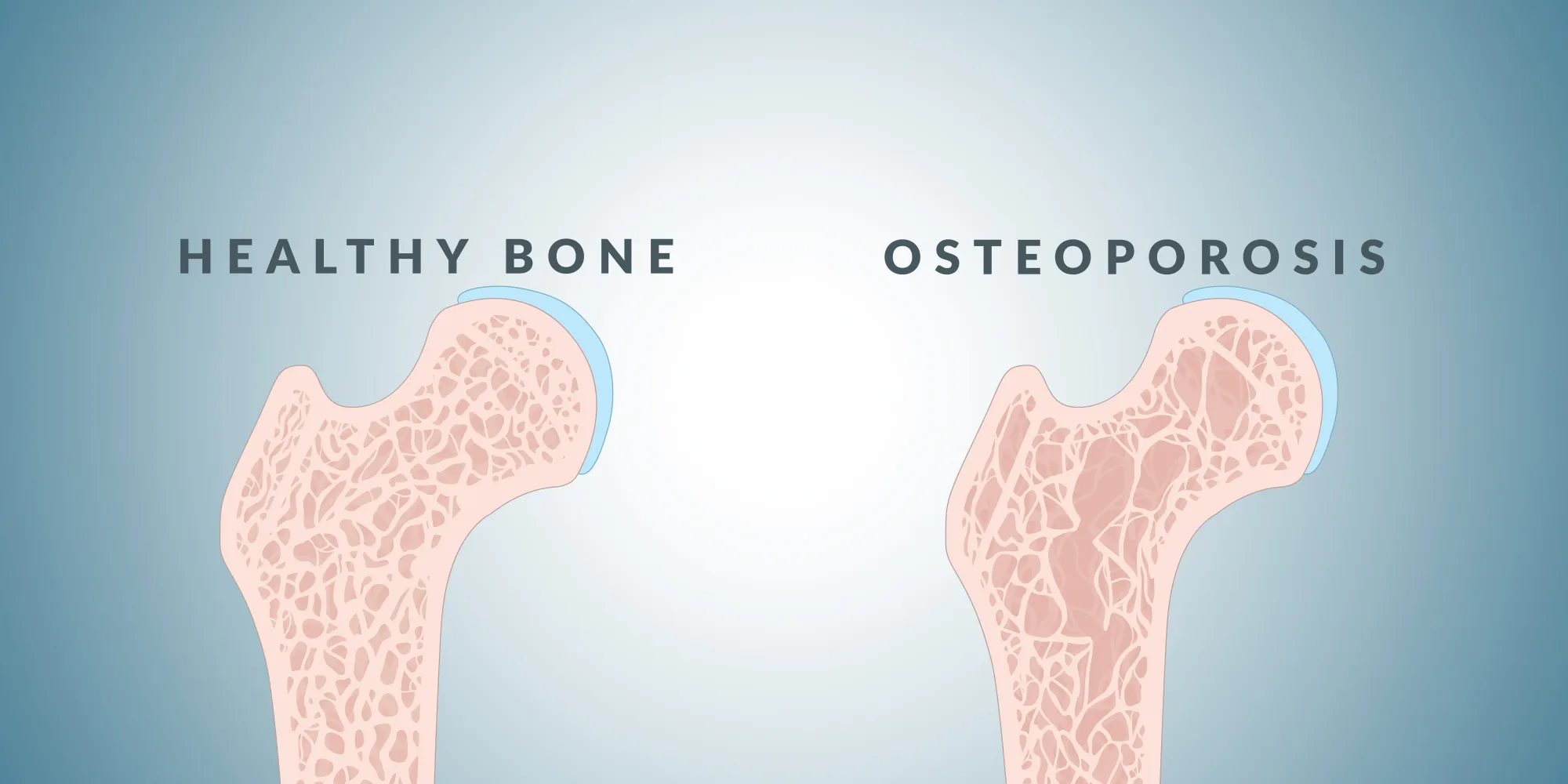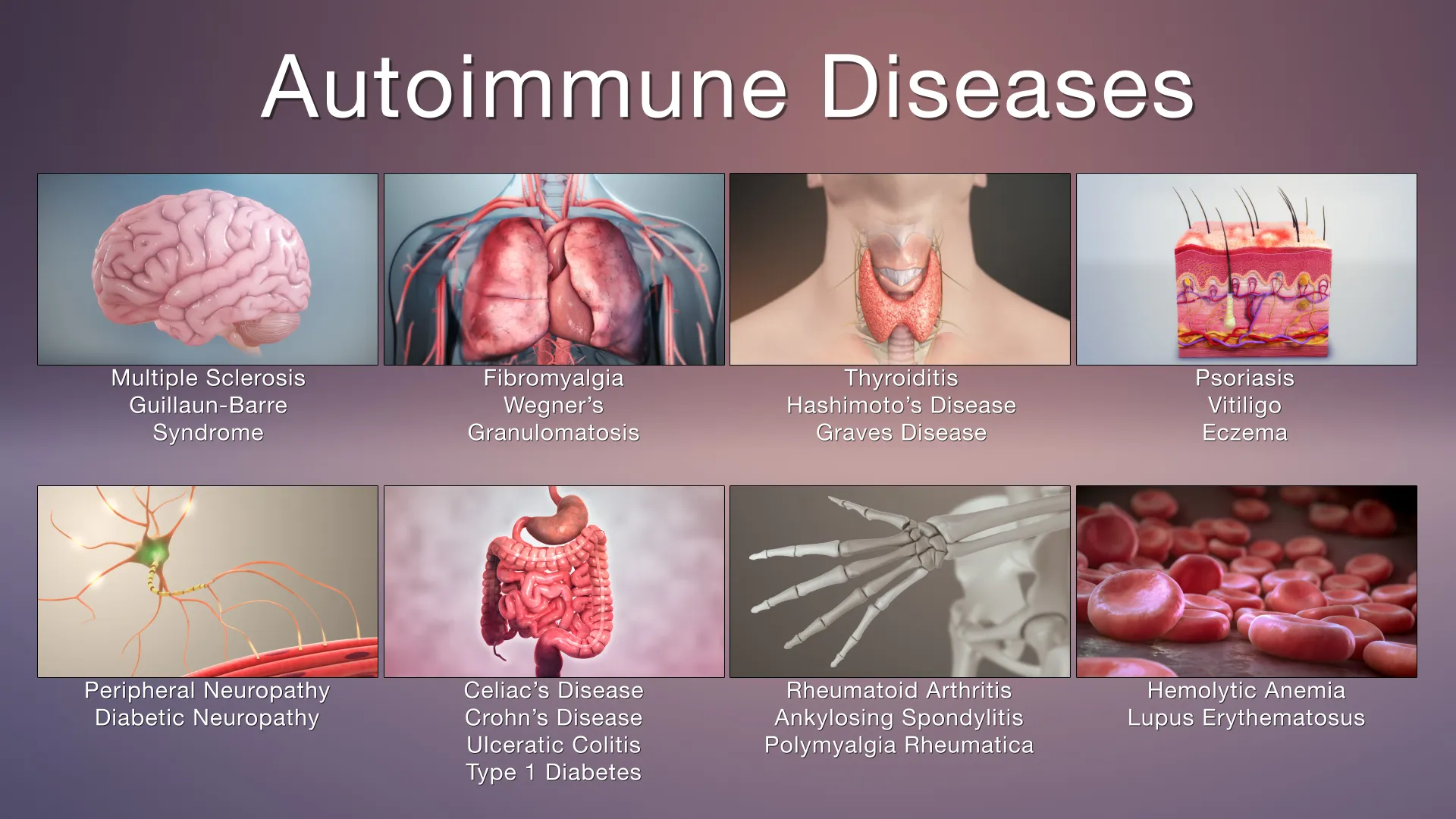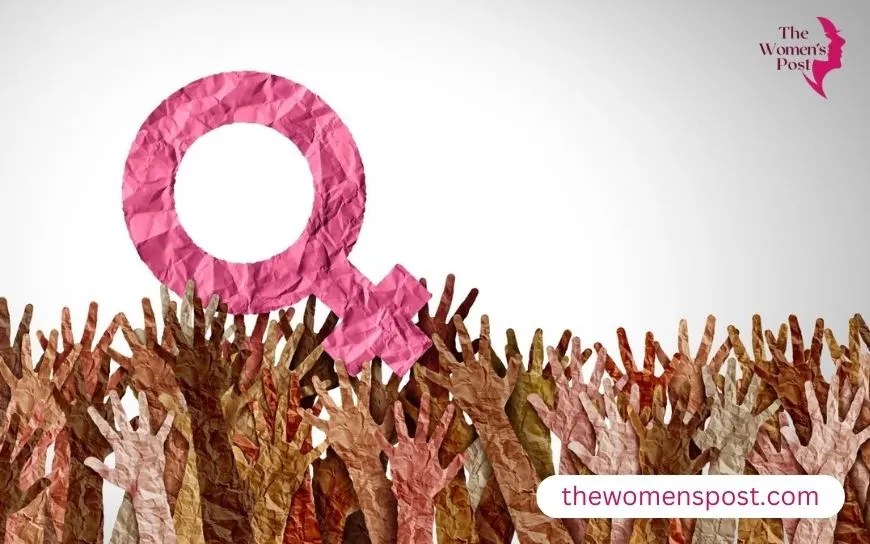Women’s Health: More Than Reproduction

Women’s health tends to get reduced to things such as periods, pregnancy, and menopause. But there is more. Women have numerous health issues women should be aware of that are not related to reproduction. These women’s non-reproductive health issues can interfere with daily life, work, and happiness. It is crucial for women to be aware of the most prevalent medical conditions in women in order to remain healthy and detect issues early on. This article examines most health risks for women to track. Women can prevent or deal with these by consuming a healthy diet, exercising, and visiting doctors frequently.
Heart Disease: A Silent Threat
One of the largest killers in women’s health globally is heart disease. In the US, it kills around one in four women. Lots of people believe it’s a man’s issue, but women have this just as much. Women may experience these health issues women should be aware of later in life, post-menopause, when hormone fluctuations increase the risk. The symptoms can be different too – not necessarily chest pain, but maybe shortness of breath, nausea, or back pain.
Causes and Risk Factors
Risk factors include high blood pressure, cholesterol, cigarette smoking, and inactivity. Diabetes and obesity aggravate it. Women with a family history or those who smoke are at increased risk.
Prevention Tips for Heart Health
To avoid these prime women’s health threats to keep an eye out for, women should strive for healthy eating with fruits, vegetables, and whole foods. Daily walks or exercising, cessation of smoking, and monitoring blood pressure will go a long way. Physicians prescribe heart check-ups, particularly after the age of 50 years, to protect women’s health.
Mental Health Challenges: More Than Just Feeling Down

Also Read: Global Warming And Risk of Women’s Cancer
Mental illness such as depression and anxiety are severe non-reproductive health issues in women, affecting them more than men. Depression is the most prevalent mental condition in women’s health, and it’s one of the main causes of suicide among people under 60 years. Women are more likely to experience anxiety or experience stress-related body aches. Work pressure, family responsibilities, or violence may cause these prevalent medical conditions in women.
Impact of Violence on Mental Health
Violence is a large contributor – nearly one in three women experiences sexual or physical abuse, which damages women’s health significantly. Signs include being sad, not enjoying things, trouble sleeping, or preoccupation. Without intervention, these health problems women should monitor can become larger issues such as eating disorders or addiction.
Self-Care and Prevention Strategies
Prevention begins with self-care: adequate sleep, conversation with friends, and exercise. Therapy or medication from a physician can make a difference. Women should pay attention and seek help early to safeguard their women’s health. Having strong networks of support and managing stress through hobbies helps as well.
Bone Health: Resisting Osteoporosis

Also Read: Healthy Habits Working Women Need To Adopt As They Reach 35
Women’s bones get weaker as they grow older and develop osteoporosis, one of the most important women’s health risks to track. It causes bones to break easily, such as from a minor fall. It happens to women’s health primarily due to decreased estrogen after menopause. Low calcium consumption, smoking, excessive alcohol intake, or inadequate exercise are other reasons. Thin individuals or those with a family history are at increased risk.
Recognizing Symptoms
Symptoms may not appear until a bone fractures, but height loss or back pain can be a tip-off. In America, millions of women aged more than 50 have it.
How to Prevent Osteoporosis
To avoid these non-gynecological health issues in women, women require calcium-dense foods such as dairy, greens, and nuts. Weight-bearing exercises such as walking or weight lifting increase the strength of bones. Physicians can check bone density using scans and recommend supplements or medication if necessary.
Autoimmune Diseases: When the Body Turns Against Itself

Also Read: Breast Health: Self-Exams, Mammograms, And New Tools
Autoimmune diseases are prevalent health ailments that occur in women, occurring when the body’s immune system defends itself against healthy structures by error. These occur much more frequently in women’s health – issues such as lupus, rheumatoid arthritis, and multiple sclerosis. Specialists do not know why but suspect the role of hormones. Signs and symptoms include fatigue, fever, pain, skin rash, or dizziness.
Risks and Complications
Risk increases with family history or with certain infections. If not treated early, these health conditions women should be aware of can destroy organs such as joints or the brain.
Treatment and Prevention
Treatment entails medication to soothe the immune system. Women can contribute by consuming less sugar and fat, reducing stress, and avoiding toxins. Periodic visits to the doctor for blood work can detect these primary health dangers for women to detect early.
Breast Cancer: Early Detection Saves Lives

Also Read: Why Most Women’s Health Startups Fail to Scale And How to Avoid That
Breast cancer is a major issue in women’s health, even though it’s linked to breast tissue. It’s the most aggressive cancer for females globally, more in richer countries due to longer lives. Causes include genes, age, or lifestyle like alcohol use. Most lumps aren’t cancer, but all need checking.
Symptoms and Risk Factors
Symptoms are lumps, changes in the skin, or nipple discharge. Risk increases over 40 or history of family.
Preventive Measures and Early Detection
Prevention is healthy weight, less alcohol, and breastfeeding if one is able. Annual mammograms after 40 detect these non-breast health issues in women early. Surgery, chemo, or radiation treatments are most effective when diagnosed early.
Other Significant Issues
Women are also exposed to HIV more than men in some areas, which results in other conditions such as TB. Older women cope with poverty, dementia, and abuse since they receive fewer pensions. Noncommunicable diseases due to smoking, obesity, or accidents kill millions of young people.
Conclusion
In short, women’s health encompasses the entire body and mind. Knowing these prevalent medical conditions in women enables women to make intelligent decisions such as eating correctly, exercising more, and having check-ups. Communication with physicians and staying aware empowers women to live healthier, longer lives. Keep in mind, small changes today avoid large problems tomorrow.









